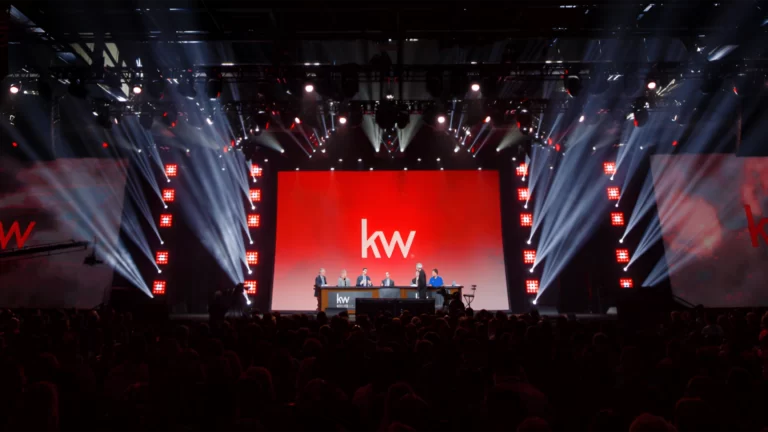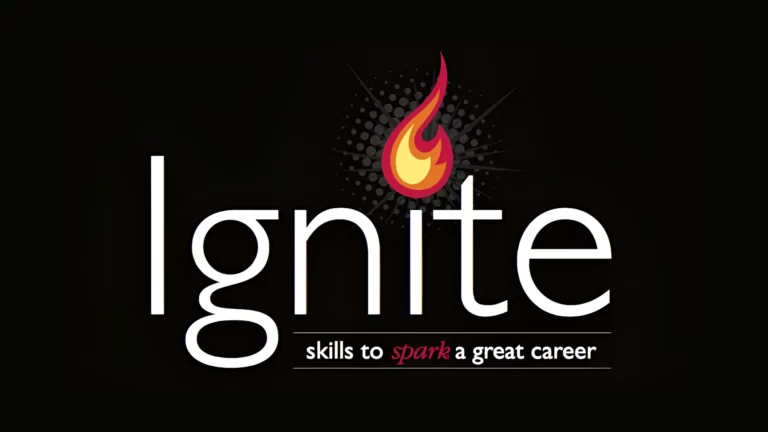Profit Share Explained
Profit share is a cooperative wealth-building tool where market center owners invest in the people who helped the office grow. Rather than shaving cash off the top of every deal, owners share profits to create a successful and sustainable business that takes care of its people even after they cease production.
“Profit share is designed to help reward associates who grow our company, and to create a path to becoming a true stakeholder in your and Keller Williams Realty’s success.“

Gary Keller
Co-Founder and Chairman, Keller Williams Realty
Profit Share
In the profit share model, each month the market center splits its monthly owner profit between the owners who risk their investments and the associates who helped the office grow. Though market center owners receive a slightly larger percentage of the split, associates are recognized and compensated for their direct contribution to the growth of the company. Read our whitepaper on Profit Share.
Growth Share
In the growth share model, when an agent completes a transaction, they receive a commission, which is split between that agent and their office. Every month that office sends a portion of their revenue to Keller Williams and the region. Unlike the profit share model, the associates participating in growth share enjoy a portion of their region’s bottom line, rather than that of the market center. Read our whitepaper on Growth Share.
How it Works

When deals close, KW associates who haven’t yet met their cap pay company dollar to their market center.

The market center uses this money to pay operating expenses. What’s left over is profit and, unlike with other companies, a portion of that profit is shared back with the associates who helped the company grow by bringing on productive agents.

Currently, the system grows seven levels. When someone names an agent as their sponsor or the associate responsible for introducing them to the company, they go into their first level.

Each sponsor gets 50% of the profit attributed to the profitable activities conducted by the associates they bring on. And, even as the percentages decrease throughout the levels, they never fall below 5%, which is higher than the top tier of other wealth-building systems in the industry.




